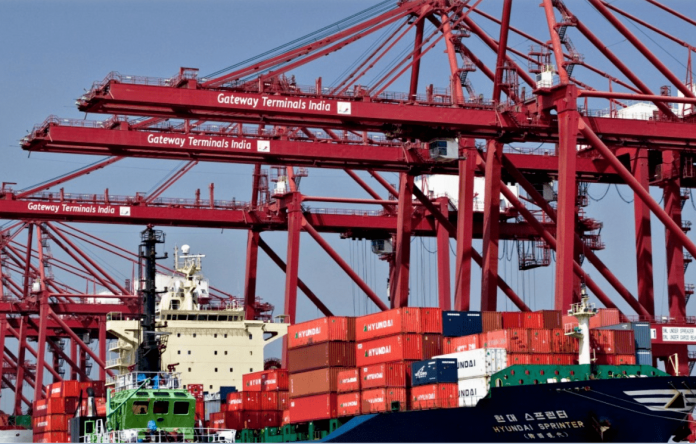Containerised trade flowing through India’s Nhava Sheva Port (JNPT) is facing bottlenecks due to significant capacity reduction fuelled by the closure of a berth operated by APM Terminals Mumbai, also known as Gateway Terminals India (GTI).
Because of the extra pressure on available capacity, all terminals in the harbour are facing congestion problems, according to local trade sources. In addition to APMT Mumbai, the port has two terminals operated by DP World (NSICT/NSIGT), one by PSA International (BMCT) and one by a new consortium led by CMA Terminals and JM Baxi Group (NSFT).
“The number of weekly calls that GTI is able to accommodate has fallen to six, from the normal 13 calls,” sources said.
As a result, carriers offering regular calls at Nhava Sheva are facing challenges securing berthing windows, often forcing them to constantly change gate cut-off hours for cargo carting.
“BMCT has limited its operating window and, therefore, restricted the number of services calling the port,” a shipping agent said.
The official also noted, “NSICT/NSIGT and NSFT are facing congestion from increased volumes.”
He went on to explain, “As a result of the congestion, move counts are limited and carriers will discharge import containers before loading exports.”
Industry sources are concerned about likely missed vessel connections and cargo roll-overs for exporters if the congestion escalates.
“Export gate-in times may be reduced and waiting times may increase due to road congestion,” sources said. “Additionally, a shortage of containers is possible as empty discharge from vessels will be limited.”
However, APMT Mumbai said it is making every effort to mitigate the disruption.
“Our teams are working in close coordination to accommodate maximum calls at one berth by reducing vessel idle time, increasing operation efficiency and being flexible to ensure minimal impact for each of the services as much as possible,” the company said.
The terminal added, “Most of our customers have been informed about our planned infrastructure development since September 2022 and we continue to communicate with them periodically.”
According to APMT Mumbai, “The project “fit-for-future,” as we call, entails the installation and commissioning of larger RMQCs [rail-mounted quay cranes] in place of the existing QCs, which shall strengthen and improve the ability of GTI to handle larger vessels.”
It added, “This [upgrade] will also enhance our container handling capacity to 2.2 million TEUs.”
Jenny Daniel
Global Correspondent
Contact email: j.daniel@container-news.com







